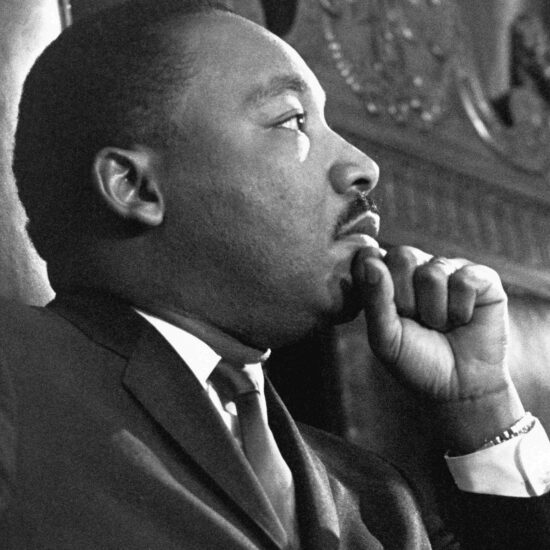
The Assassination of Dr. Martin Luther King, Jr.
Preaching peace, yet struck down by violence, the killing of Dr. Martin Luther King Jr. reshaped America’s urban spaces and fundamentally changed how the country remembers this civil rights leader.

Preaching peace, yet struck down by violence, the killing of Dr. Martin Luther King Jr. reshaped America’s urban spaces and fundamentally changed how the country remembers this civil rights leader.
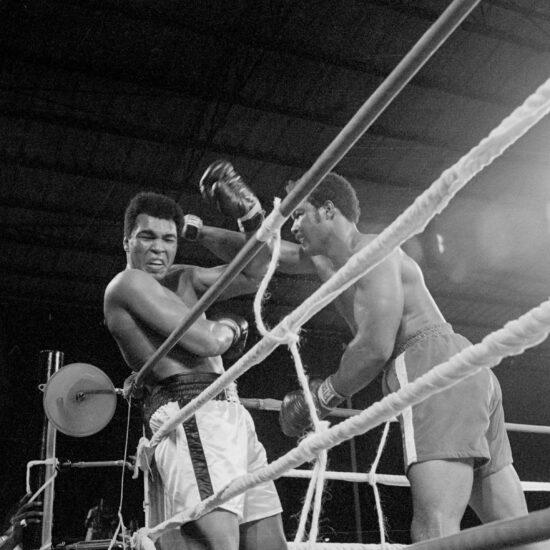
In one of the most iconic and celebrated heavyweight fights, Muhammad Ali and George Foreman clashed in Zaire in 1974.
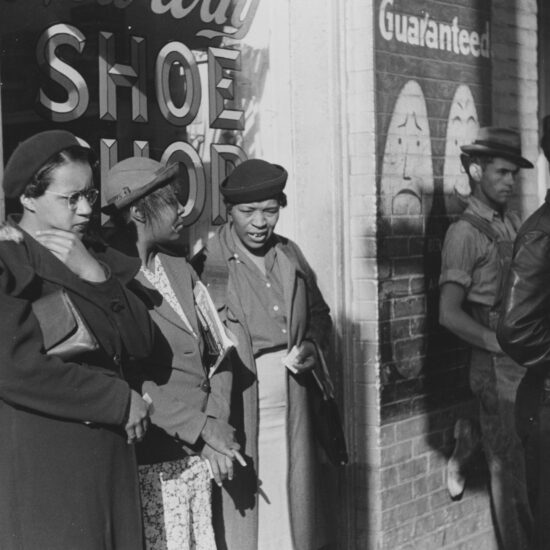
The everyday lives and struggles of Black women in Atlanta reveal the roots of their activism.
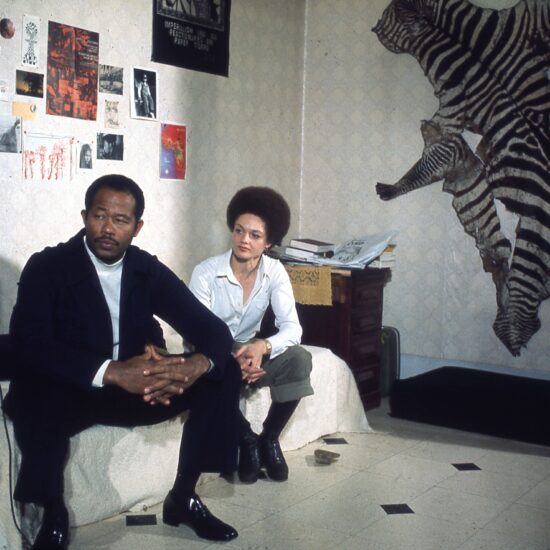
Author of Soul on Ice and one of the most recognized activists for Black internationalism, Eldridge Cleaver went from militance to obscurity.
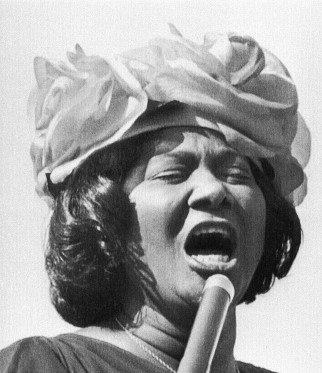
A photograph of Mahalia Jackson in 1964 offers a window on the role of music in the civil rights movement.
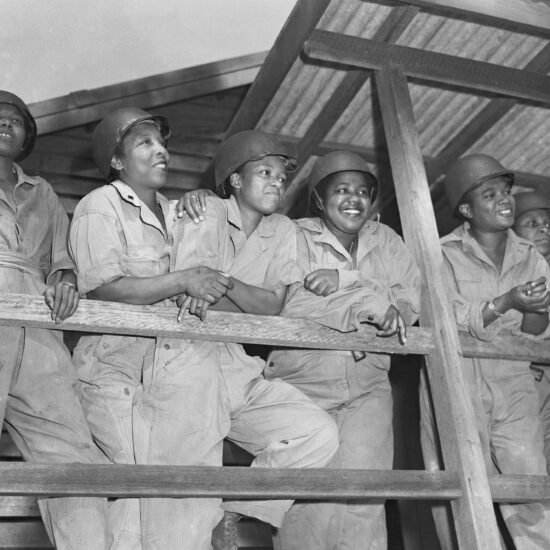
Hoping to court Black voters in the 1948 Presidential election, President Harry Truman issued Executive Order 9981, an act that significantly changed the armed forces and the Black experience in America.

For one day in June 1963 Detroit was the center of the civil rights movement.
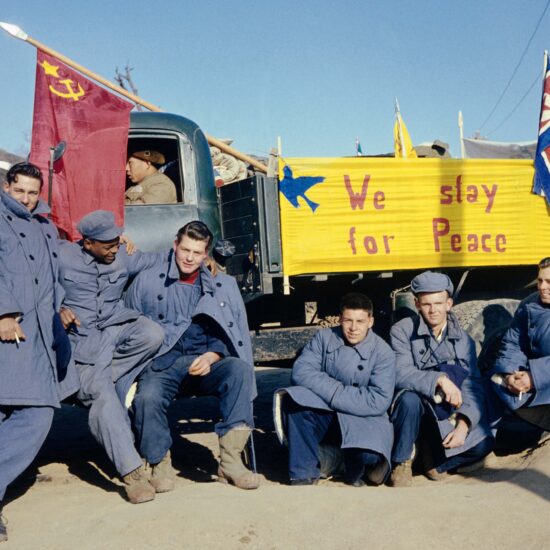
Some Black soldiers chose not to go home after the war, remaining in North Korea and China—behind the “bamboo curtain”—to escape racism in the United States.
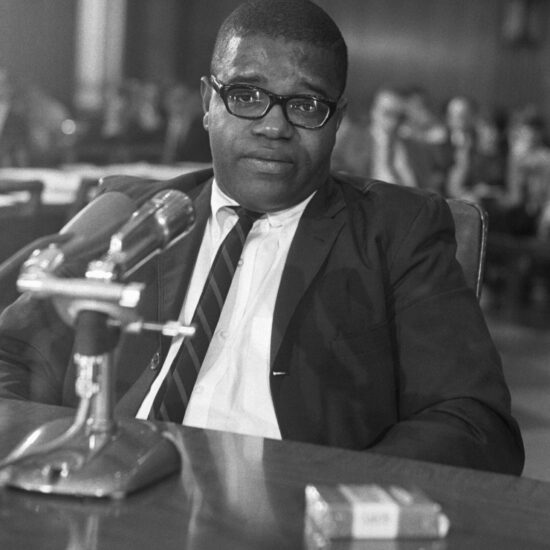
Claude Brown testifies about the urban crisis in 1960s America.
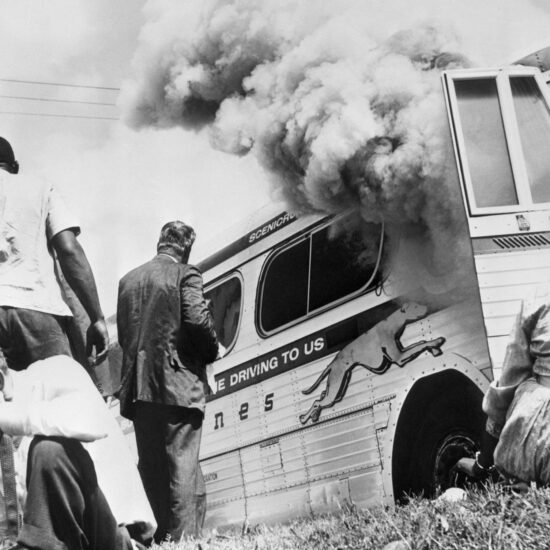
CORE’s Freedom Rides solidified its centrality to desegregation efforts during the Civil Rights Movement
© 2021–2025 This project is a collaboration of Getty Images and Origins: Current Events in Historical Perspective.
230 Annie and John Glenn Avenue, Columbus, OH 43210